FY2017 Overview of Operations
In FY2017, the Japan Foundation continued to undertake a variety of programs, mainly in its three major program areas of Arts and Cultural Exchange, Japanese-Language Education Overseas, and Japanese Studies and Intellectual Exchange.
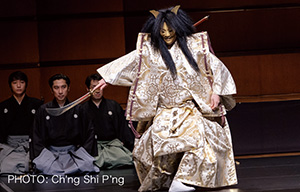
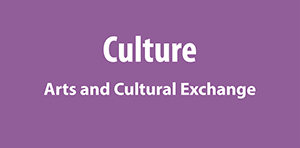
The Japan Foundation implemented major cultural programs to convey the diverse charms of Japanese culture to mark such diplomatically significant milestones as the 45th anniversary of the normalization of diplomatic relations between Japan and China, the 150th anniversary of the establishment of diplomatic relations between Japan and Spain, the 60th anniversary of the Japan-India Cultural Agreement coming into force and the 120th anniversary of the arrival of the first Japanese immigrants to Cuba. These programs were closely tailored to local needs and ranged from traditional performing arts to contemporary art, dance and films.
In the run-up to "Japonismes 2018," a major Japanese cultural event in France in FY2018, we engaged in full-fledged preparations for more than 60 official programs in various areas such as exhibitions, performances, films and lifestyles. As prelude events, the Japan Foundation presented two exhibitions, a contemporary architecture exhibition and a contemporary art exhibition at Centre Pompidou-Metz. These events were highly acclaimed and attracted approximately 190,000 people.
The Japan Foundation also flexibly implemented cultural programs in a wide range of regions to enable people around the world to enjoy Japanese culture. These included holding traveling exhibitions and film screenings, participating in international book fairs and providing TV programs to overseas broadcasters via the Program for Japanese Broadcasting Abroad.
Regarding the China Center, we invited a total of 61 Chinese high school students to Japan for 11 months through the Long-Term Exchange Program for Chinese High School Students. We also established new centers for "Face-to-Face Exchanges" in Shanxi Province and in Guizhou Province, bringing the total number of such centers in China to 15. These centers for "Face-to-Face Exchanges" serve as key venues for promoting exchanges and fostering a deeper understanding of Japan among young people in China.
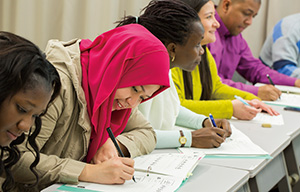
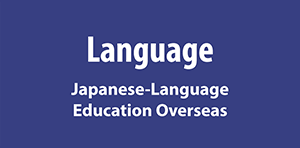
In FY2017, we continued efforts toward expanding Japanese-language education at the secondary education level, mainly in Asia and Europe, and also implemented initiatives for supporting the activities and networking of Japanese-language education institutions around the world.
With the aim of providing advice on creating curriculums and teaching materials, training teachers locally and supporting Japanese-language classes, we dispatched Japanese-language specialists to 120 posts in 41 countries and also sent 20 young Japanese-language teachers (J-LEAP) to the United States and thereby enhanced Japanese-language education in overseas countries.
The Japan Foundation also published Intermediate 2 (B1) in the Marugoto: Japanese Language and Culture series of coursebooks based on the JF Standard for Japanese-Language Education and expanded the use of this series to 53 countries and regions. We also enhanced user convenience for our Minato Japanese-language e-learning platform by making courses available in a wider range of foreign languages and expanding content. As a result, the number of countries where this platform is used on a registered-user basis expanded to 169 countries and regions. In this way, we provide numerous learners throughout the world with high-quality Japanese-language education.
Meanwhile, the number of applicants in Japan and overseas for the Japanese-Language Proficiency Tests (JLPT) surpassed one million for the first time since the test began in 1984, as interest in Japanese-language learning rises and the base of Japanese-language scholars widens. Also, as a response to policy-related requests, the Japan Foundation implemented preparatory pre-arrival Japanese-language training for nurses and certified care workers based on bilateral Economic Partnership Agreements (EPAs). The total number of persons who pass the nursing and care worker national examinations is increasing.
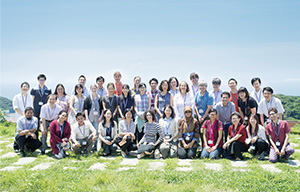
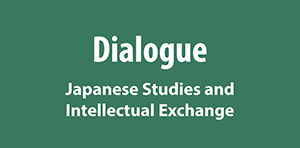
In FY2017, the Japan Foundation focused on developing young people and next-generation scholars and on strengthening international collaboration. We promoted collaboration transcending countries and regions through support for the East Asian Consortium of Japanese Studies, the first Japanese studies research network organization for the East Asian region, as well as support for assisting with travel grants to enable young researchers to attend the Annual Conference and the AAS-in-ASIA conferences of the Association for Asian Studies (AAS), and support for the European Association of Japanese Studies (EAJS).
One Chinese researcher who participated in a program that invites young Chinese intellectuals to Japan wrote about his observations of Japan's judicial system and various regions of Japan on his personal mini-blog with one million followers and received a total of eight million hits, which had large and far-reaching effects in promoting a deeper understanding of Japan in China. Also, under the "Grant Program for Social Science Research and Education on Contemporary Japan," which began in FY2015, we supported activities by principal educational institutions in the United States, the United Kingdom, France and Australia that promote a deeper understanding of and strengthen communication about contemporary Japan, and this program earned high acclaim. As for the Center for Global Partnership (CGP), the Abe Fellowship Program jointly operated since CGP's establishment held the Abe Fellows Global Forum with the participation of past fellows in three U.S. cities based on the themes of climate change and the world trading system. We also invited prominent conservative intellectuals, whose influence has grown following the start of the Trump Administration, to participate in opinion exchanges with Japanese researchers and business persons and hold lectures as we promoted dialogue between the Japan-U.S. intellectual communities.
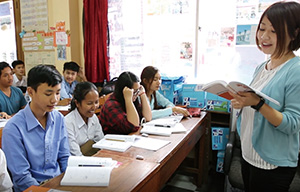
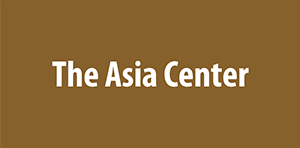
Initiatives associated with the new Asian cultural exchange policy "WA Project: Toward Interactive Asia through Fusion and Harmony" entered their fourth year in FY2017 and the "NIHONGO Partners" program has sent approximately 600 partners to 10 countries in Southeast Asia as well as China and Taiwan. The "NIHONGO Partners" program has enabled encounters with roughly 140,000 students through Japanese-language lessons at local junior high schools, high schools, and universities and helped introduce Japanese culture to some 280,000 people mainly via extracurricular activities and events.
With regard to our bilateral arts and cultural exchange programs, SUNSHOWER: Contemporary Art from Southeast Asia 1980s to Now, an exhibition celebrating the 50th anniversary of ASEAN, attracted around 350,000 people while "The Japanese Film Festival (JFF): Asia-Pacific Gateway Initiative" held Japanese film festivals in 36 cities throughout 12 countries, drawing around 120,000 attendees. Meanwhile, the Asia Center actively initiated programs in a variety of fields of film, performing arts, visual arts, sports and intellectual and grassroots exchange that included Asian youth leader workshops; exchange and joint production in street dance and theater; as well as soccer and judo exchange. Such efforts saw the participation of 1,410,000 people in more than 460 programs and helped drive significant progress toward the goal of fundamentally strengthening cultural exchange between Japan and the rest of Asia.
